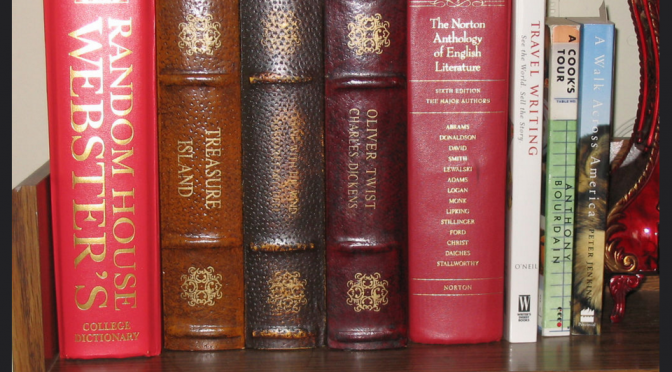
 Person: Joe Beam
Person: Joe Beam
Thing: Book—The Art of Falling in Love: Four Steps to Falling in Love, Staying in Love, Renewing Lost Love
Place: Your life, my life, and the mind of anyone looking to find or maintain a love relationship.
Idea: Love isn’t a willy-nilly concept for the weak-minded or faint of heart. In my humble opinion, love is a state of mind, state of being, and there are practical steps to fall, stay, and renew lost love—at any stage of the love cycle.
We’re continuing our sappy love salute with books that could be categorized as “How not to jack up your relationship.”
For those folks lookin’ for love—some suggestions that may help you—while decreasing the likelihood of you losing your mind in the process.
This week’s book–“The Art of Falling in Love” is for anyone who wants to know how not to get emotionally jacked up while seeking a relationship.
There’s one chapter that really resonates with me—the one called “Craving for Caring.” Beam breaks down the ways to satisfy that craving on what he calls the “Pathway to Love.” Those four steps are:
- Attraction
- Acceptance
- Attachment
- Aspiration
Everyone wants someone with appeal—emotional, physical, intellectual—and from that attraction, we then accept the person as they are. But in order to find acceptance from another, you must accept yourself first. Not the picture you want to be, but the person you actually are. By accepting you, hopefully those attracted to you will actually like you, and not a snapshot of your highlighted best angles… that that carefully constructed persona meant for public consumption.
However, we still have no control over the picture of us someone else may paint in his or her own mind. It is up to that person to ask him/herself if they are attracted to the real person or who they perceive this person should be.
Beam says one thing that seems to contradict prior information I have read about keeping relationships alive—the idea that communication is the most important element in a relationship. Not so, says Beam. Respect is. Without respect, there can be no path to love.
He also discusses a concept called Limerence—which is that almost obsessive, emotionally charged high over—not a joint—but over a person, or the limerent object. And limerence is powerful. It’s only based on passion and perfection. Passionate feelings and a blemish-free view of the object. Sometimes limerence happens when two people are single. Beware though—because a limerent may also be married—and if this passion is not held in check, a man or woman in limerence may destroy a long-standing union in favor of the temporary high this infatuation brings.
Another discussion: The bonds needed to form long-term attachments. Beam addresses the need to understand a partner’s differences in order to meet his or her needs, and what happens if those needs are not met. Equally important, is a discussion of what sends people back down the love path—in reverse—away from love. Beam contends that any couple along the love path can restore a fractured relationship by revisiting what sent them on the path to begin with.
There’s even a chapter on productive anger, how to process it without weakening a relationship—and the role forgiveness plays in a working relationship. Follow the steps on Beam’s love path and you might find yourself aspiring together, dreaming, planning, and working to meet each other’s needs. That intimacy is where some say they want to be, but Beam says—and I agree—It. Is. Work. It’s totally intentional.
Another highly recommend read!









